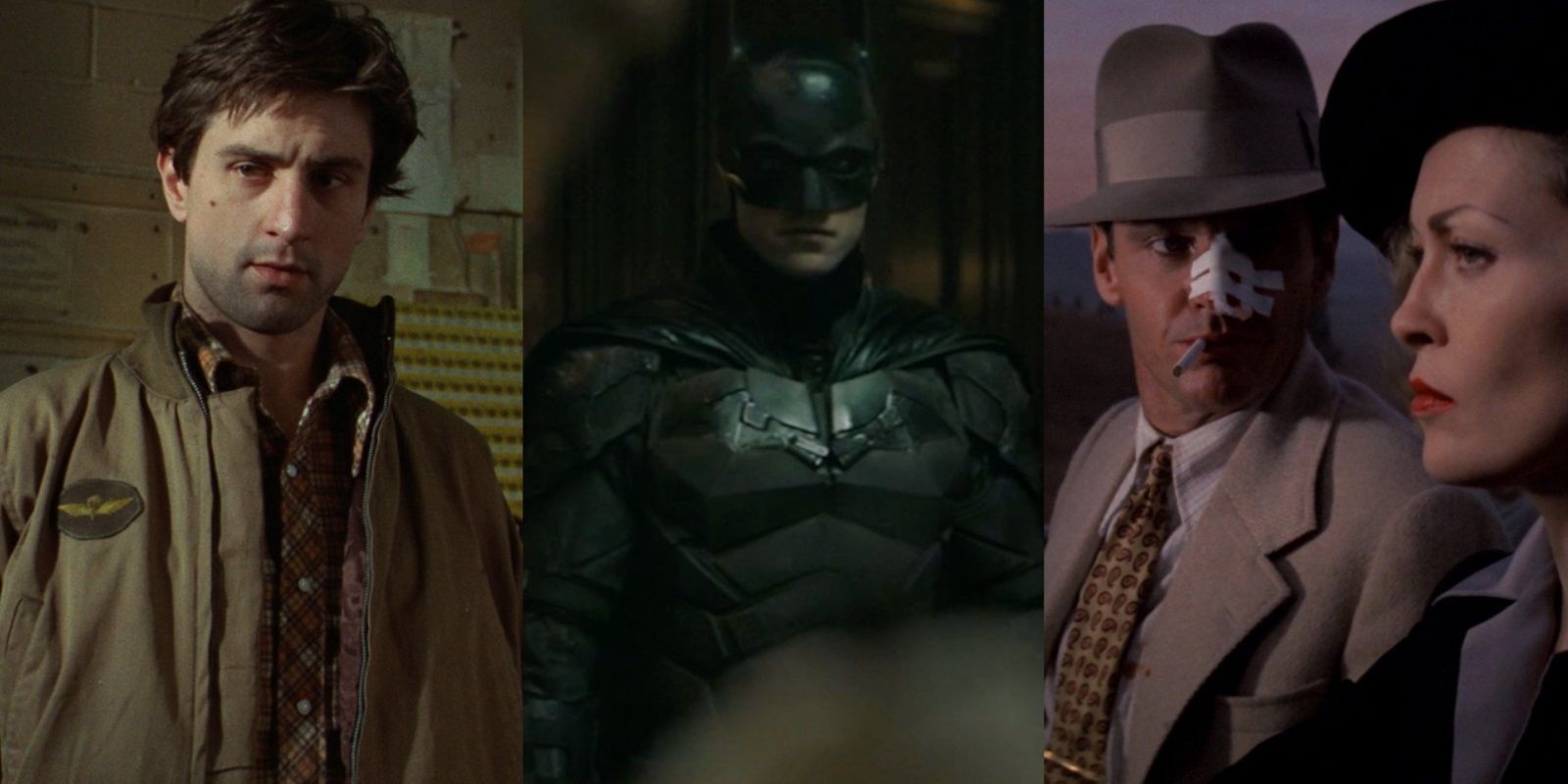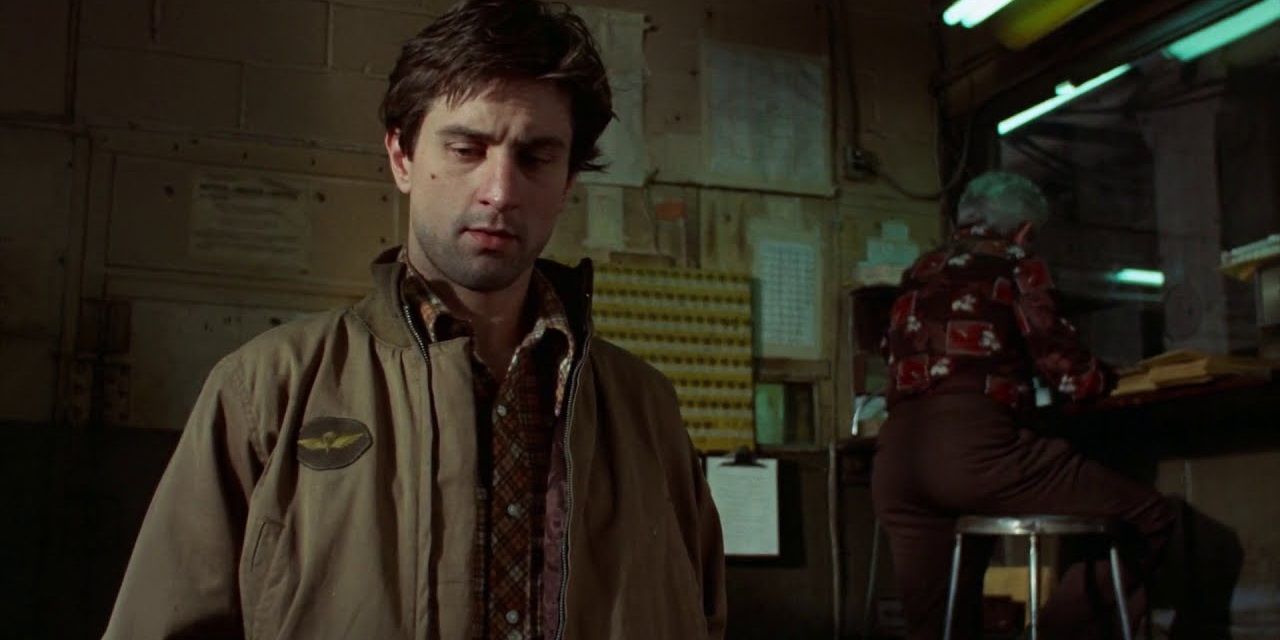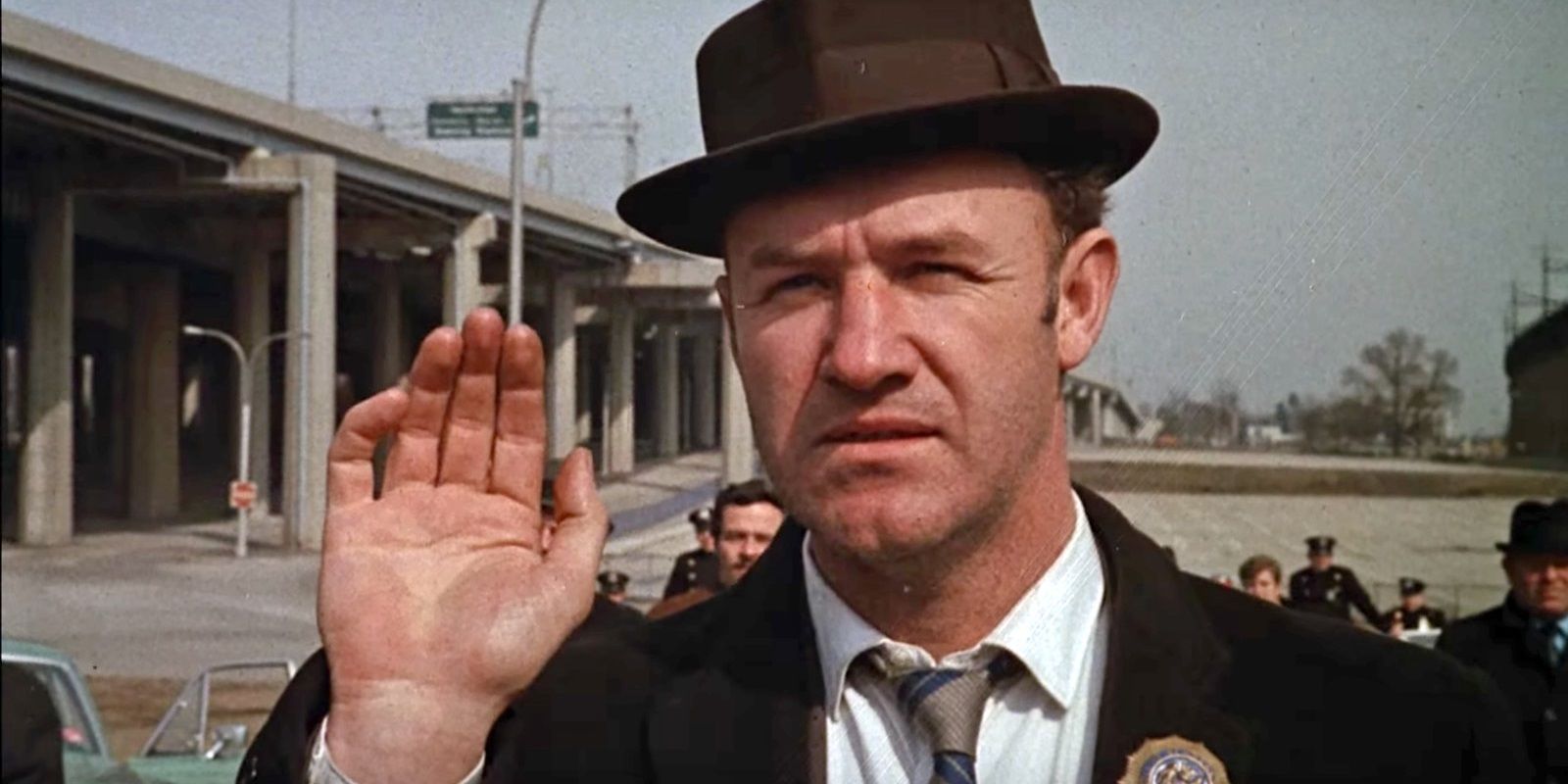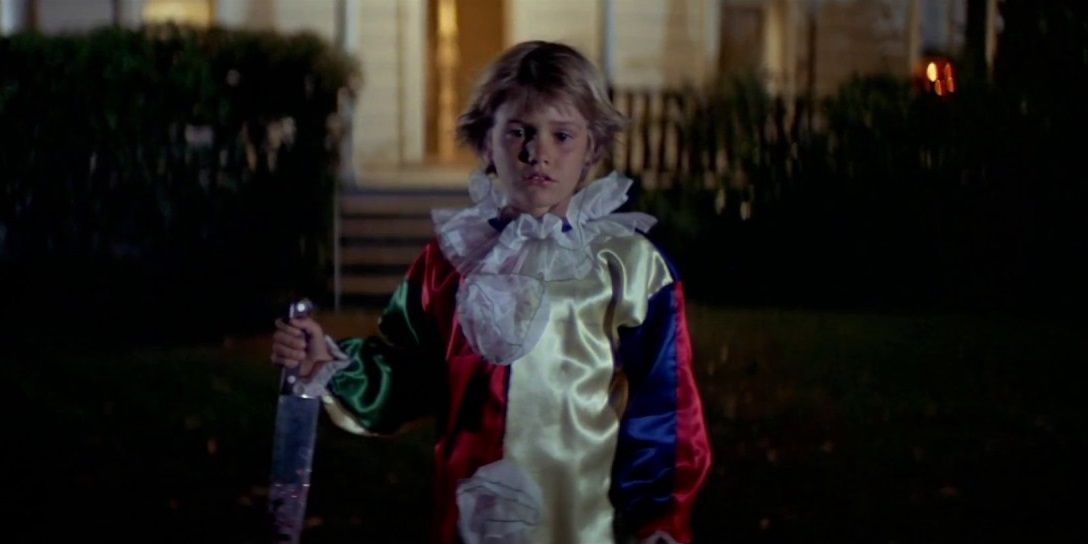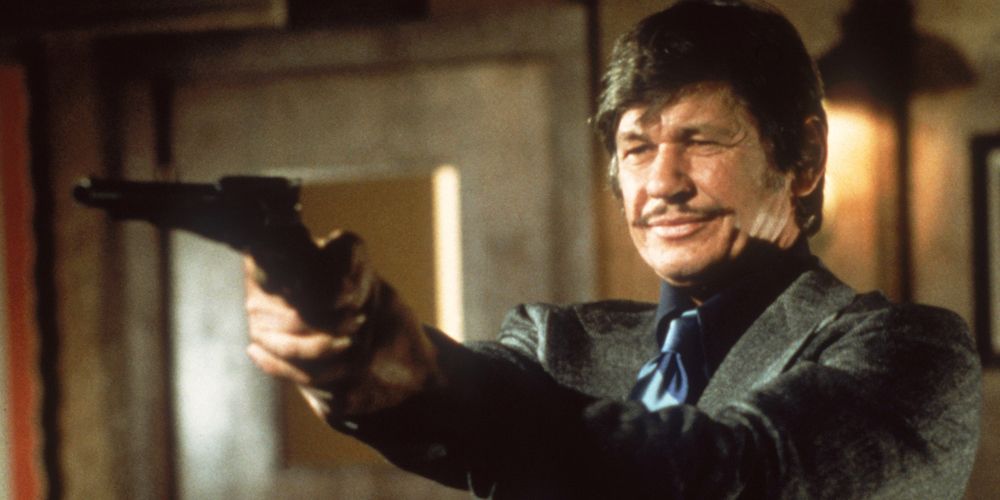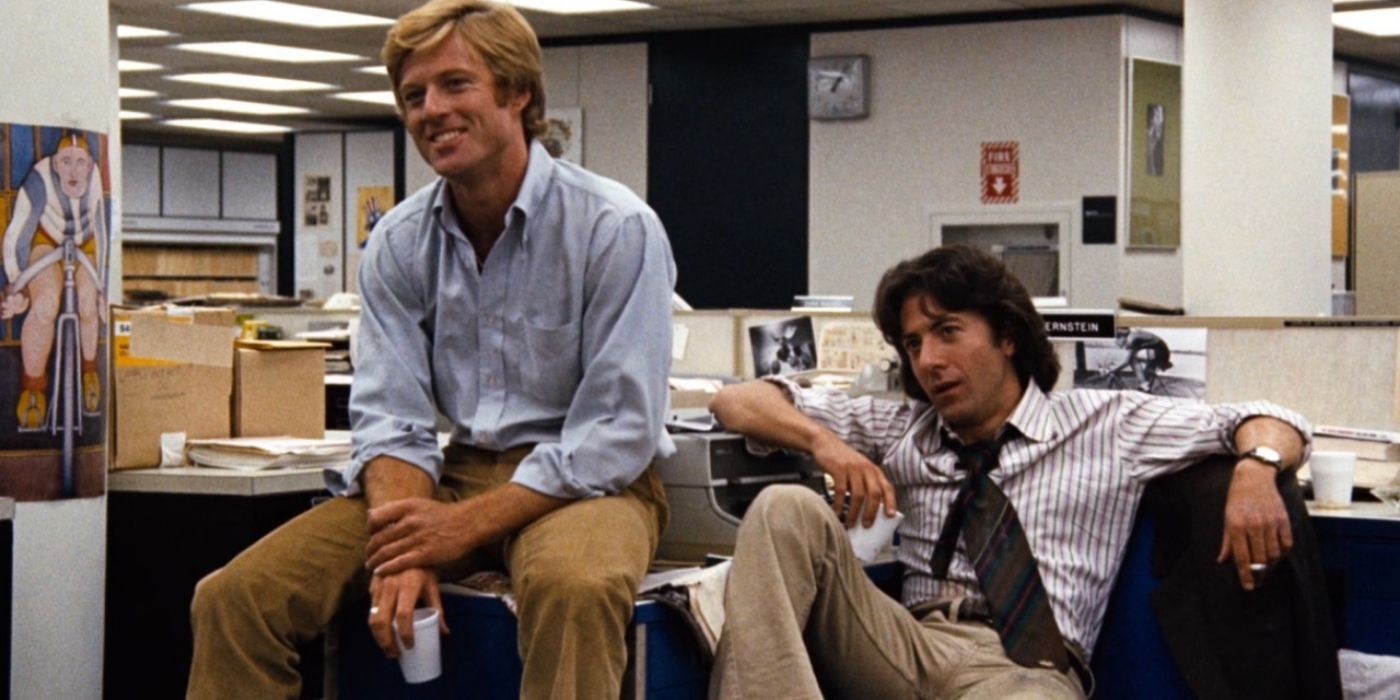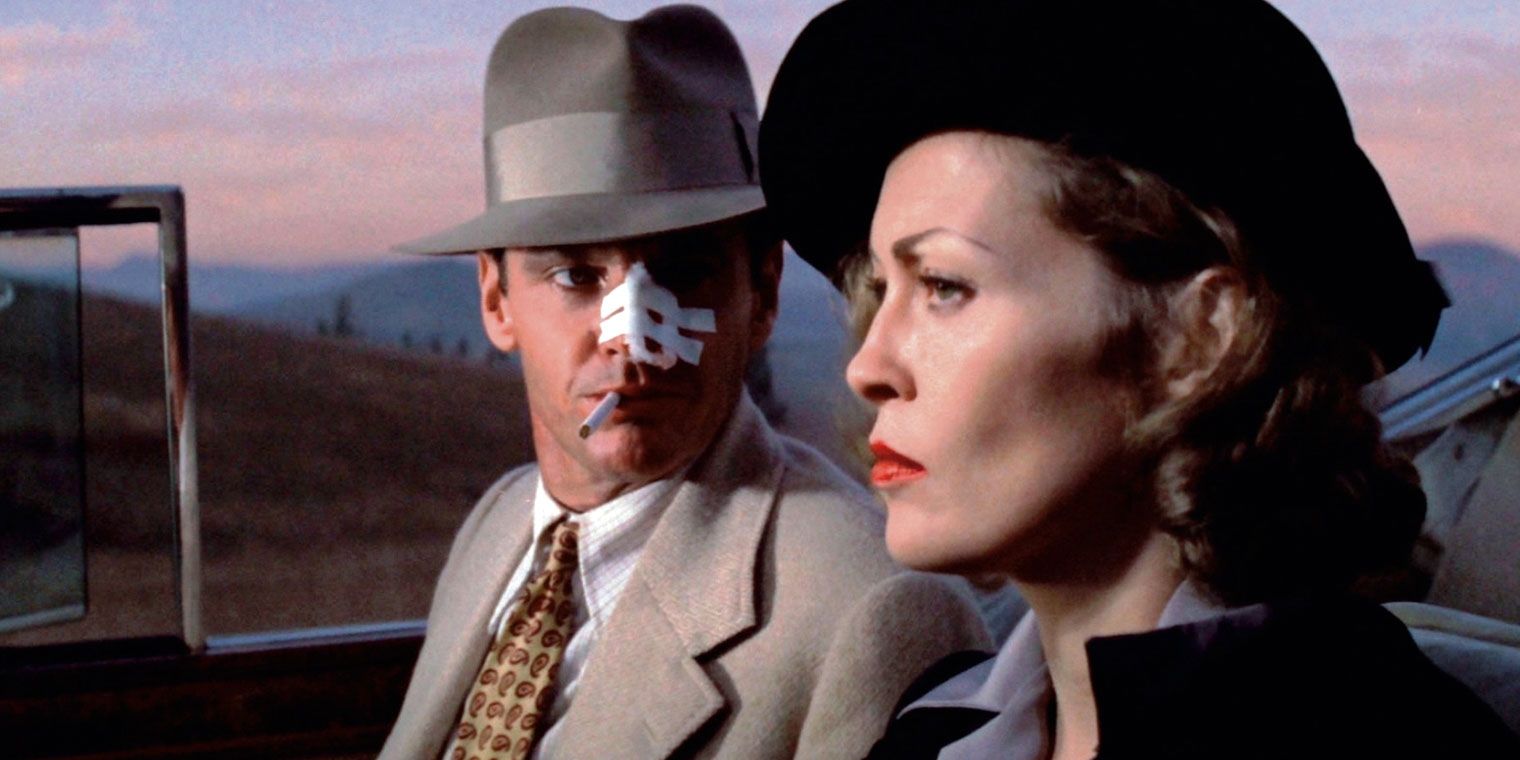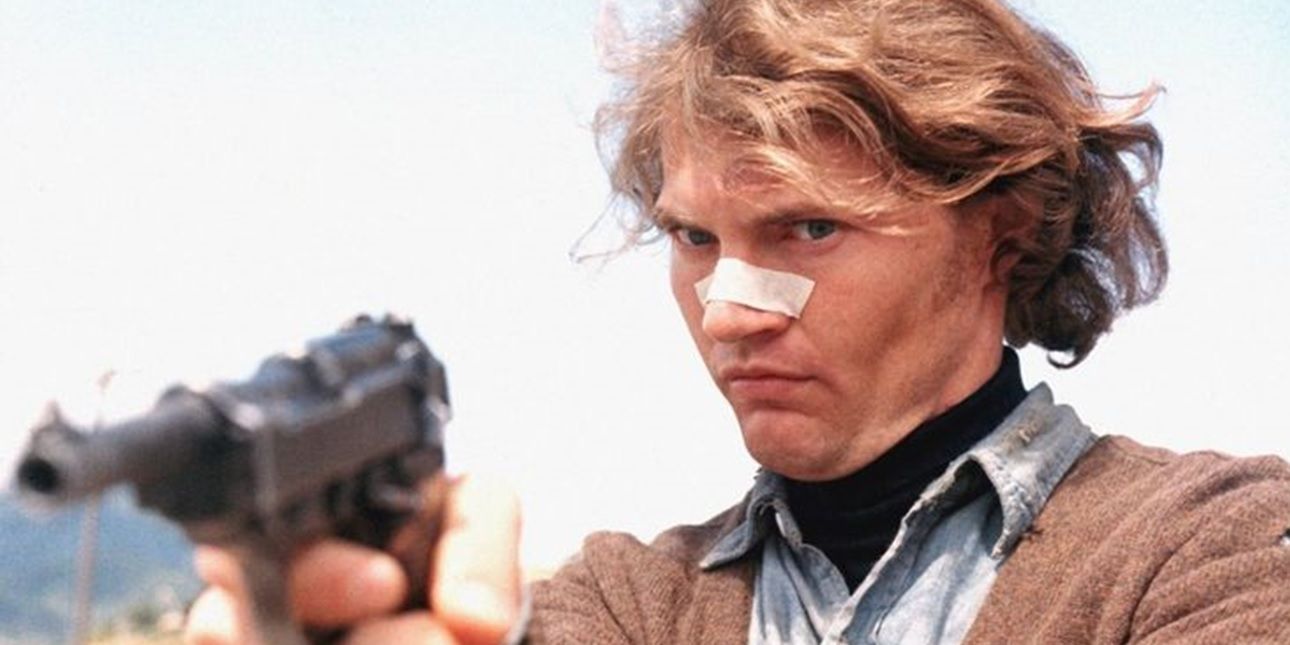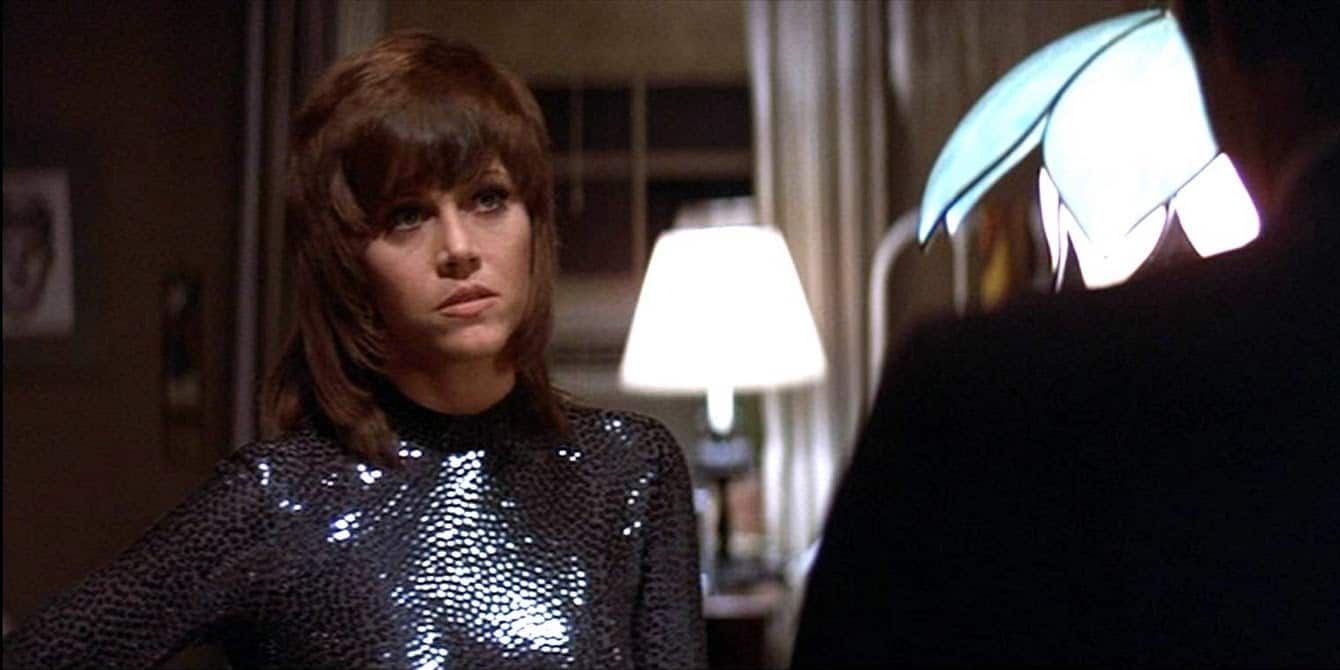Warning: This article contains spoilers for The Batman.
Batman’s adventures on the big screen have always used the influence of existing cinema classics to realize the caped icon in glorious live-action form. Tim Burton’s Batman movies were inspired by German expressionist works like Metropolis. Christopher Nolan’s Batman movies were inspired by Michael Mann’s epic L.A. noir Heat.
Matt Reeves’ long-awaited reboot, The Batman, is no different. It’s a dark, grisly homage to the violent neo-noirs and psychological thrillers of the edgy New Hollywood movement of the 1970s. From Klute to Chinatown to Taxi Driver, The Batman includes nods and references to a bunch of ‘70s classics.
Batman’s Voiceover Diary Entries Are A Reference To Taxi Driver
One of the strongest contenders for the title of Martin Scorsese’s masterpiece – alongside Mean Streets, Raging Bull, and Goodfellas – is his groundbreaking psychological thriller Taxi Driver. As one of the most iconic vigilante thrillers ever made, it’s hardly surprising that Taxi Driver was an influence on The Batman.
Throughout The Batman, much like Travis Bickle in Taxi Driver, Bruce Wayne charts the dark evolution of his psychology via diary entries that he recites as voiceover narration.
Gotham’s Crooked Cops Are A Nod To The French Connection
Hollywood had depicted stories of cops and crooks through the narrow lens of good and evil until William Friedkin came along with his gritty masterpiece The French Connection in 1971. This movie stood out for its more realistic depiction of flawed police officers. Gene Hackman’s “Popeye” Doyle breaks more and more laws in his narrow-minded pursuit of a French heroin smuggler.
The Batman raises similar ethical questions about the blurred lines in law enforcement when Jim Gordon embraces the contributions of a vigilante (and his co-workers aren’t so sure about it). As it turns out, most of Gotham’s cops are on the Falcone crime syndicate’s payroll.
The Killer’s Point-Of-View References Halloween
John Carpenter defined the tropes and conventions of the modern slasher – from archetypes like the “final girl” to structural components like pacing – with his hugely influential work on 1978’s Halloween. Much like Carpenter’s low-budget horror gem, The Batman opens from the point-of-view of a killer. In truly disturbing fashion, both movies put the audience in a murderer’s shoes.
Whereas Halloween begins from the perspective of a six-year-old Michael Myers stabbing his older sister to death, The Batman begins from the perspective of the Riddler as he searches the Mayor of Gotham’s house for a point of entry.
Discussing The Ethics Of Batman’s Vigilantism Calls Back To Death Wish
Michael Winner’s Death Wish was wildly controversial for supposedly endorsing vigilantism and encouraging viewers to become vigilantes. But the story of Charles Bronson taking the law into his own hands after his family is attacked by a street gang was embraced by audiences who were disillusioned with rising crime rates.
Throughout The Batman, the police officers of Gotham – much like the police officers of New York City in Death Wish – dubiously question the ethics of the antihero’s vigilante crusade.
Gotham’s Political Corruption Is A Nod To All The President’s Men
Political corruption is a major theme in The Batman, with the Riddler targeting the kind of lying, deceitful politicians that keep up a straight-laced public persona but take kickbacks from mobsters behind closed doors.
Alan J. Pakula’s true-life Watergate thriller All the President’s Men was a big influence on this storyline. Some of The Batman’s corrupt figures, like Colson and Mitchell, take their names from real-life crooked politicians.
The Movie’s Twists And Turns Are Inspired By Chinatown
The genre category most fitting for The Batman is neo-noir. Chinatown, starring Jack Nicholson as a private eye whose latest investigation uncovers widespread corruption, was one of the genre’s early pioneering entries.
With an antihero out of his comfort zone, a female lead with a tragic past, and a bunch of twists and turns along the way, The Batman was clearly influenced by the seminal storytelling in Robert Towne’s Oscar-winning Chinatown script.
The Zodiac-Inspired Riddler Is A Throwback To Dirty Harry
As an elusive masked serial killer who leaves riddles and ciphers at the scenes of his grisly, seemingly unsolvable murders, The Batman’s version of the Riddler is pretty overtly inspired by the real-world Zodiac Killer. But he’s not the first action movie villain to be inspired by the Zodiac murders.
In Don Siegel’s neo-noir actioner Dirty Harry, San Francisco is terrorized by a sadistic sniper picking off random targets. This psychotic villain, the “Scorpio” killer, is a clear reference to the Zodiac. Much like Batman, Harry has to bend the law to bring Scorpio to justice.
Batman & Catwoman’s Dynamic Is An Homage To Klute
Since Alan J. Pakula was one of the most prolific thriller directors of the 1970s, it’s hardly surprising that All the President’s Men isn’t the only one of his films that Reeves references in The Batman. One of the biggest influences on The Batman was Pakula’s neo-noir romantic thriller Klute.
Klute stars Donald Sutherland as a cop and an Oscar-winning Jane Fonda as the sex worker who helps with his latest case. Batman and Catwoman’s crimefighters-turned-lovers dynamic in The Batman is a spot-on homage to Sutherland and Fonda’s relationship in Klute.

